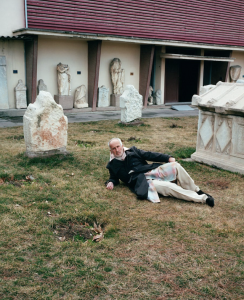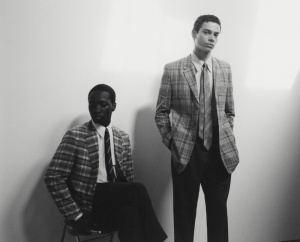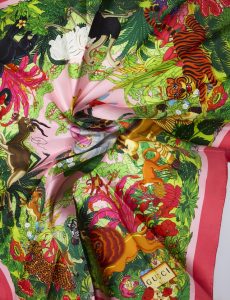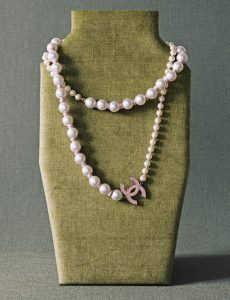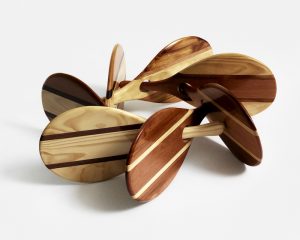The CEO and co-owner of the iconic Icelandic fashion brand reflects on AW22 and sustainability in anticipation of its new flagship London store
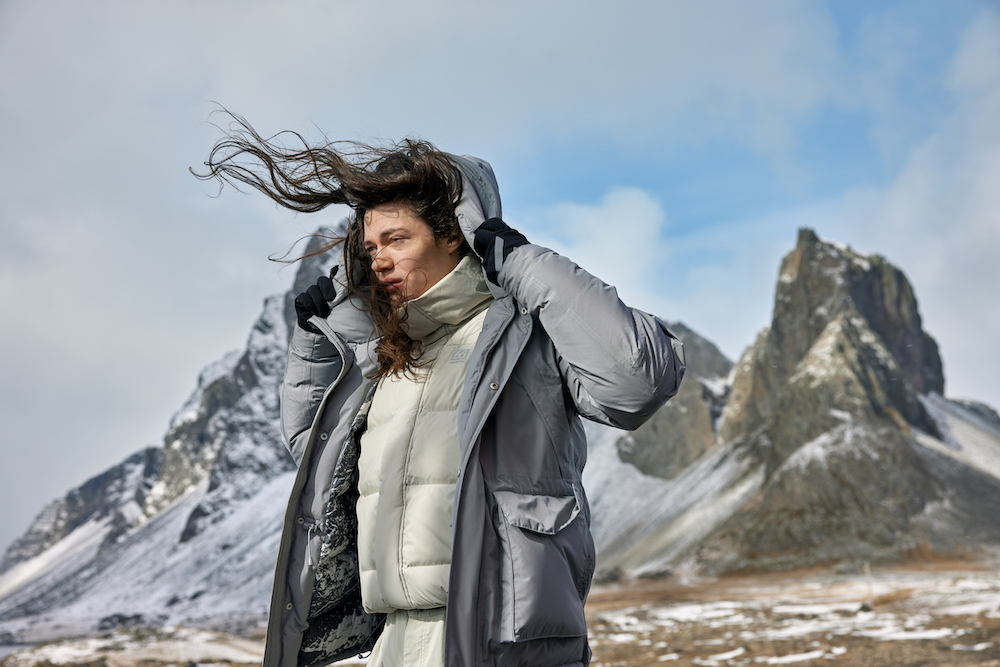
In Suðureyri, located in the Westfjords of Iceland, suitable clothing for local trawling fishermen is a matter of life and death. Wanting to create garments that could withstand the tempestuous weather in the North Atlantic, Hans Kristjánsson moved to Norway to learn how to tailor and sew. In 1926, when he travelled back to the small fishing village, he established Sjóklæðagerð Íslands. Now known as 66°North, the clothing brand derives its name from the latitudinal line of the Arctic Circle which touches Súgandafjörður, where the company was founded. In the subsequent near-century, fishing and rescue team workwear have continued to be one of its core heritage components, in addition to a range of outdoor clothing using ingenious materials better suited for less treacherous conditions.
A certified B Corp – the hard-won certification that means a legal and transparent commitment to high social and environmental performance – since 2019 the brand has been carbon neutral whilst diligently chasing its targets of using 100% green energy and achieving zero waste. These business practices are in place, it says, to “conserve and protect the North at a time when our glaciers, weather, and natural landscape are under dramatic threat from climate change.”
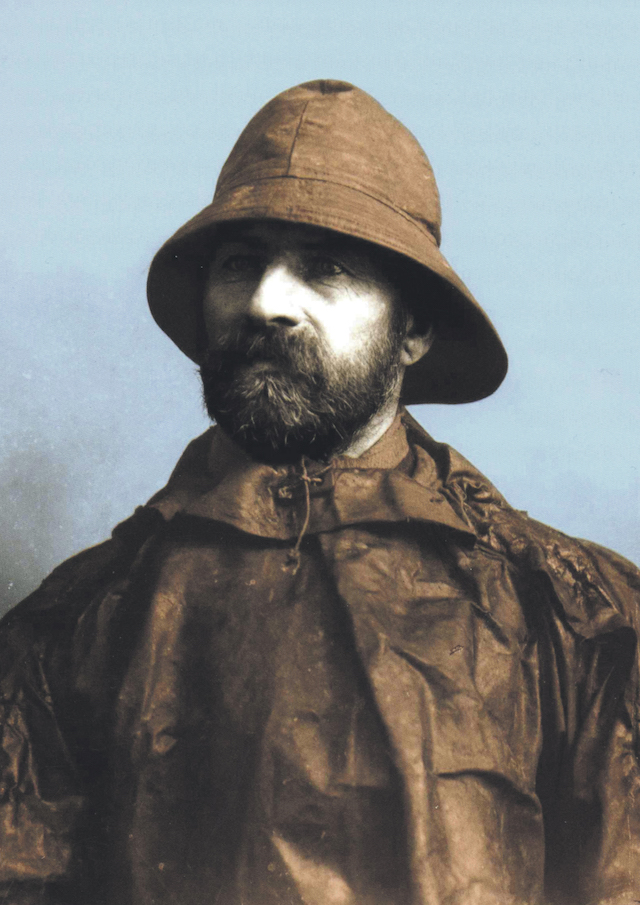
These sustainable aims have, as usual, been deftly translated into their latest AW22 collection, which employs a palette of navy, charcoal, sage and earth – nodding to its spiritual home of volcanoes and lichen weathered rock – along with occasional jolts of orange, yellow and pink. Advanced technical fabrics like GORE-TEX® INFINIUMTM, GORE-TEX® PACLITE® and Polartec NeoShell are used throughout to ensure a functionality that endures for a lifetime (not simply years).
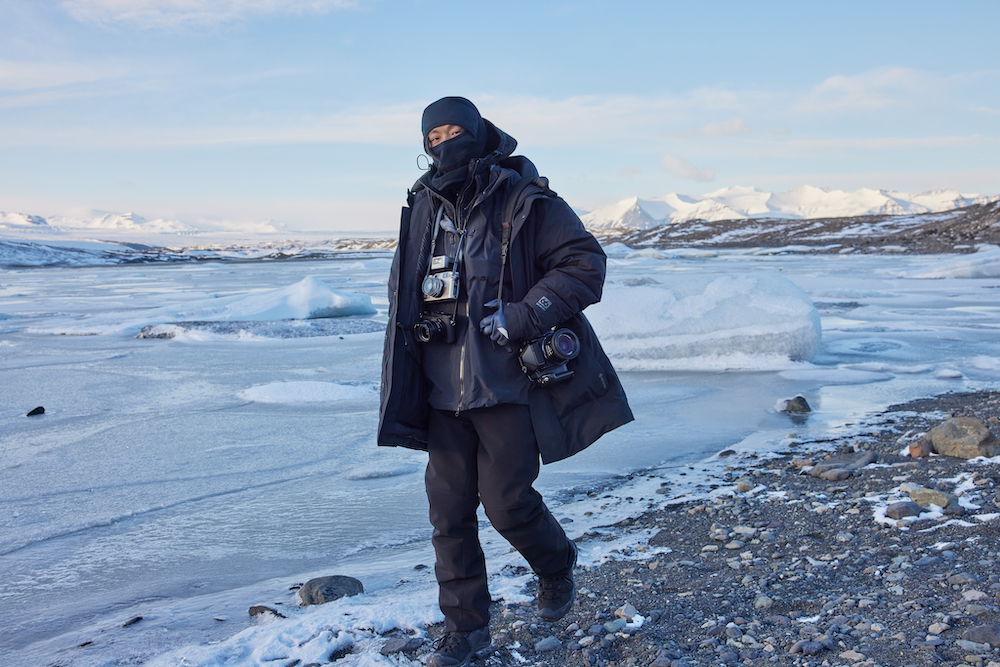
A small line of Dyngja AOP ‘700’ power fill jackets and gilets made from recycled polyester celebrates its long-term partnership with landscape and wildlife photographer Benjamin Hardman. Hardman’s images of Iceland’s mountains and unique terrain have been graphically reinterpreted on items, whilst its Flot range is comprised of Seaqual fabric (a 100% recycled polyester yarn made using plastics recovered from the ocean floor), taking its cues from the insulation of an old buoyancy aid jacket from its archives. Deadstock fabrics have also been revitalised through the sharply repurposed Kría capsule of recycled polyester fleeces, neoprene backpacks and cross-body bags. The Thorsmork Gore-Tex Infinium Parka, meanwhile, has had an update courtesy of its special anniversary. An aerial image of the mountain ridge Þórsmörk embellishes its inner lining which, like the majority of jackets in the collection, is filled with premium recycled down – reclaimed from clothing and bedding to extend its life-cycle.
The collection was recently showcased in a jam-packed pop-up space round the corner from Piccadilly Circus, in anticipation of 66°North’s new flagship store in the UK. The vast Regent Street locale will be the brand’s first outside of Iceland and Denmark, and designed by Gonzalez Haase. The Berlin based architects have reportedly channelled “the interplay between Iceland as a constant and static island”, utilising shades of grey throughout the complex floor plan that features forest-like columns, its walls clad in natural British clay. At 3500 sq ft, the space will also host a showroom and area for community gatherings and workshops on the lower floor.
To celebrate its doors opening on the 21st November – well timed for the frostier, darker winter months creeping in – Port spoke to CEO and co-owner Helgi Oskarsson about the need for collaboration and optimism.
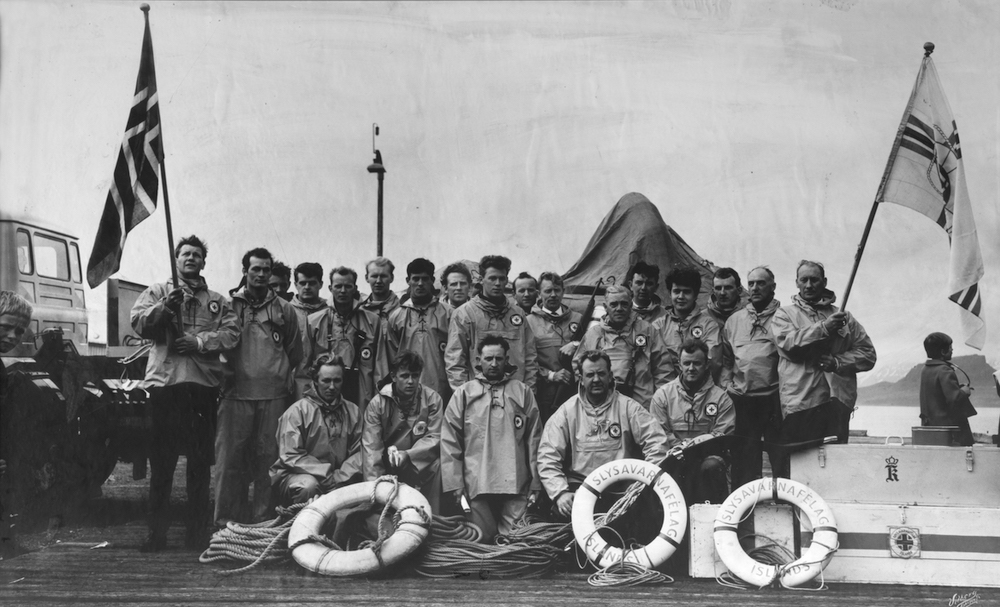
Why did you choose London as your first store outside of Iceland and Denmark? What is it about the city that excites you, made you want to build a home here?
London was always on the agenda for us and we were just waiting for the right moment. We needed to recapitalise the company beforehand because it requires a lot of investment, which thankfully we secured. The ambition is to not only open a flagship UK store, but a European one. London was the obvious choice because we see the city as the fashion capital of Europe, if not the world. Here you have all the major labels and the level of sophistication when it comes to retail is second to none. When you’re building a brand, you have to open in London, and you have to do it properly.
I very much enjoyed the pop-up as I got to see AW22 in the flesh. I particularly liked the Flot range and its use of Seaqual fabric. What items or materials have you been particularly impressed by for the autumn/winter collection?
I was very excited to bring a piece of Iceland to London; the overall print of the AW22 puffer jacket is basically its glaciers. It’s the item that’s gotten the most attention in the pop-up and essentially the same brief that we gave the architects for the store, to illustrate our home. We want to create clothing that lasts a long time because when we got started back in 1926 – making clothing for Icelandic fishermen – you couldn’t compromise on quality as it was a matter of life and death. That quality and durability has become ingrained in our DNA. We’ve also released a wonderful anniversary version of our parka that we first introduced in 2006, which speaks to its longevity. That type of permanence relies on quality materials and for items to be designed in such way that you want to continue wearing them many years down the line. The best-selling shell jackets that we have in the collection were introduced back in 2010, and they essentially still look the same.
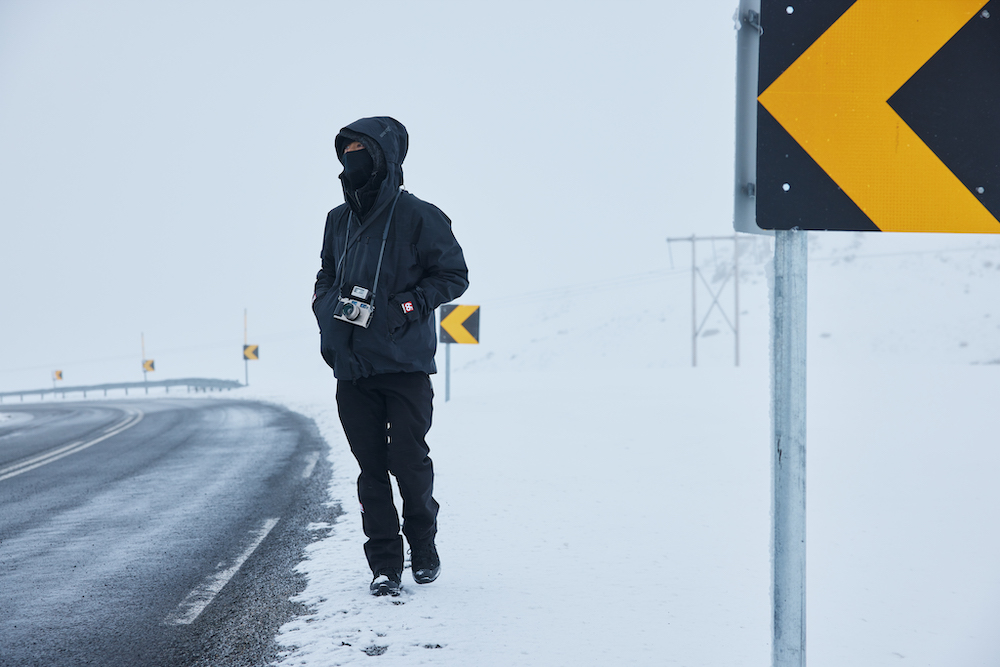
I read about your teaming up with Café du Cycliste and UN Women Iceland this year, collaboration is clearly important to the business. They were very different projects, but what do these partnerships offer?
No matter what type of collaboration you’re doing, it always expands your mind and opens it up for new creativity. Though the UN Women Iceland partnership we met people who are facing challenges that we are fortunate enough not to face, and that puts things into perspective. For any type of collaboration you do, you grow both as an individual and as an organisation. I get a sense from the team that our work with UNICEF, for example, where proceeds from clothing are actually helping people, is deeply rewarding because they feel that they’re giving something back to society through their work.
When we recently partnered with Ganni, we made a jacket together from leftover fabrics. Commercially, it didn’t make much sense because we only produced 40 pieces, simply because there was no more fabric to use. But, we wanted to set an example by saying we shouldn’t throw things away; we should use everything. Running a successful company means you can affect things in a positive way; one should take that responsibility seriously. You should ask yourself, how can I – with all the resources that I possess – improve society?
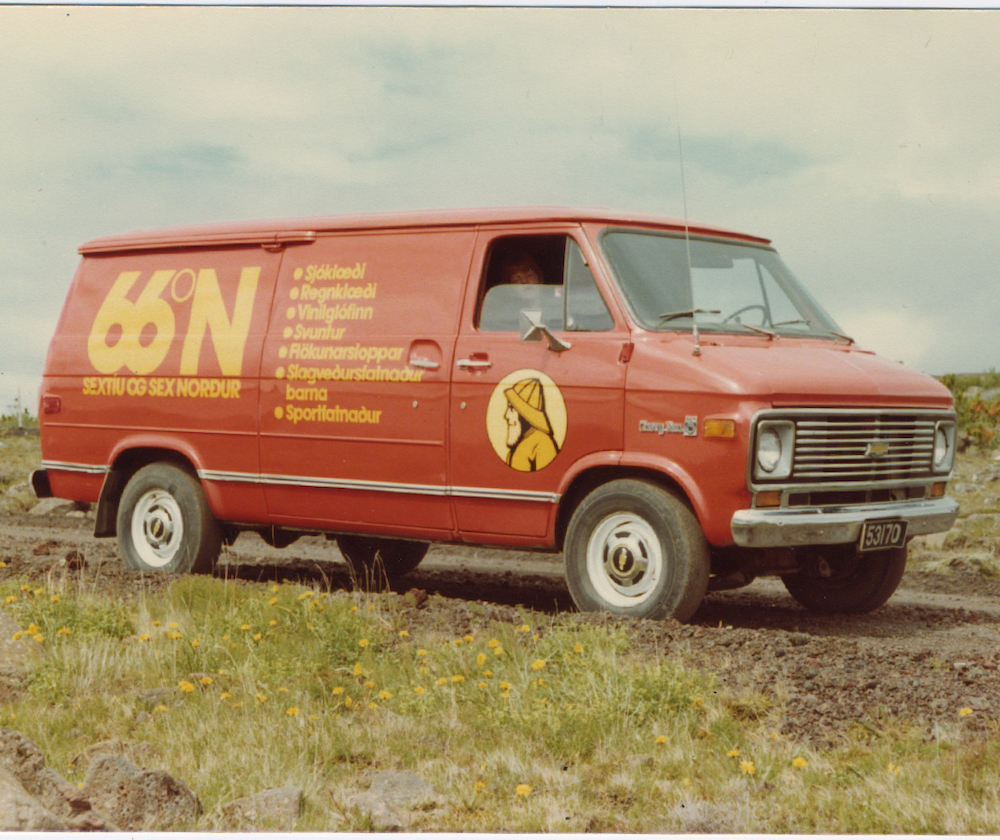
What are the opportunities and challenges for you when you’re chasing things like using 100% green energy or achieving zero waste?
The challenge for every manufacturing company in the world is that there will always be footprints. It’s impossible not to make one, like when you’re walking in snow. The task is how do we create the least damage to the planet? We need the fabric or textile producers and the people making the actual garments to work in a responsible way, in tandem, whether it’s how we dye products or produce microplastics. We are definitely moving in the right direction but sometimes people like to see it as black and white issue, yet very few things are. For example, sometimes we might have two fabrics; fabric A is more sustainable and fabric B is less sustainable, but the latter is going to last you for 20 years and the other one is going to last you for three. Which do you choose, thinking long-term? You constantly have to ask yourself these kinds of questions when you’re making decisions.
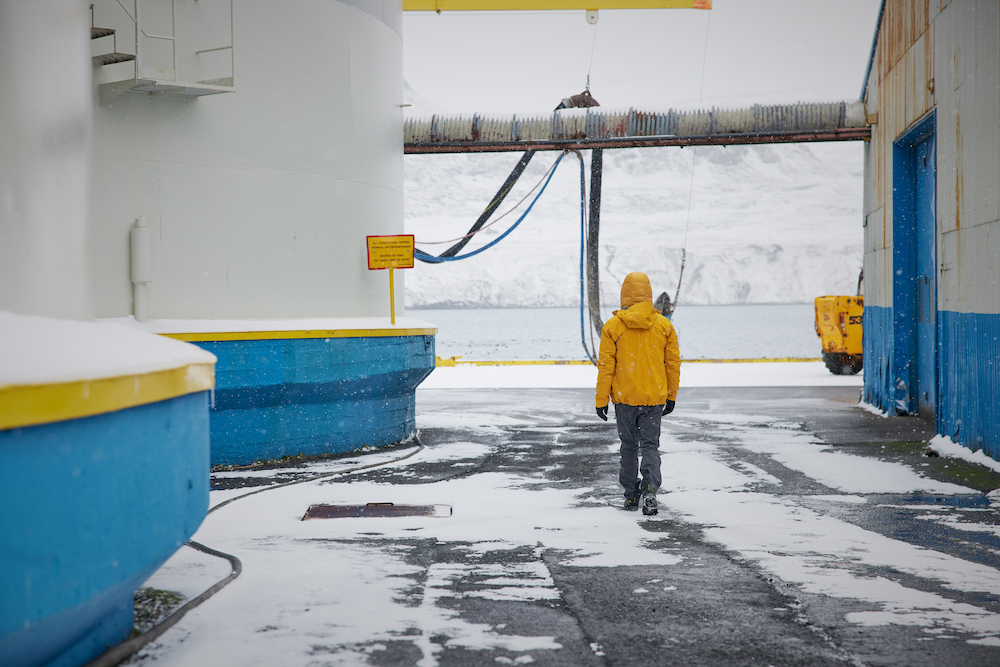
When it comes to dealing with climate change, not just from a business perspective, but also a social and political one, are you hopeful? Are you an optimist?
I’m extremely optimistic! The reason why is because if we look at the facts, we are making improvements. I’m not saying that there isn’t a long way to go, but stop to think about the technology that has got us to where we are today. Also, the numbers and mentality of people who are worried about the climate crisis and the number who were concerned 20 years ago has gone up exponentially. Several hundred million people have risen out of poverty since 2000, and every one of them has the potential to add value. Many of them are putting pressure on companies to do something about this.
Some facts give us a black picture, some provide a brighter one. But the thing is, we can’t lose hope. I’ve been running my own company since I was 28 years old; I’ve been in a place where I didn’t have any money, I thought it was all going to hell, and that I could never escape out of that hole. But pessimism has never helped me. What enabled me take myself out of the situation was optimism, believing that there is a solution. We, as the human race, have to believe that.
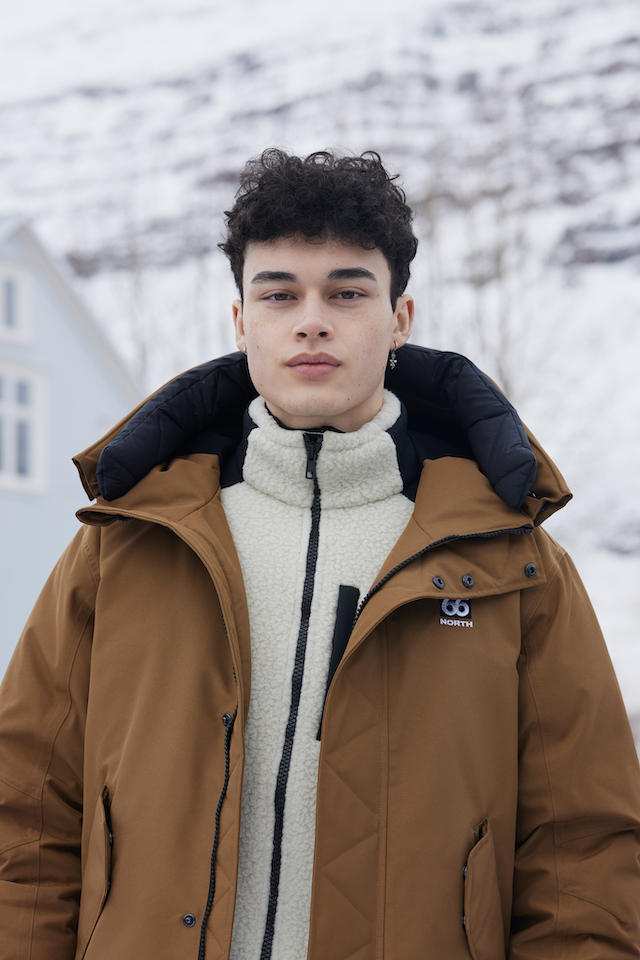
When we interviewed Brian Eno last year, he quoted the English politician Tony Benn, who said ‘there are two flames burning in the human heart: the flame of anger against injustice, and the flame of hope that you can build a better world. Both hope and anger are useless on their own. You have to believe that something is possible, but you have to be angry enough to make it happen’. What’s next after London?
Well, let me use an analogy. If I’m running a marathon, I might have a dream of running more. But when I’m running it, I’m just focusing on finishing. Now I’m in this marathon of opening a store on Regent Street and I’m still quite far away from the finish line. When I’m through it, I would be happy to sit down with you and talk about the marathons that I dream about, as well as the ultra-marathons that I want to participate in!
